Thrifting is on the rise. It’s becoming a more accepted and mainstream way of shopping. Thrifting is reshaping the retail landscape. Approximately 1 in 3 consumers have thrifted in the past year and an estimated 40 per cent of Gen Z consumers are thrifters.
On the flip side, the fast fashion industry is stronger than ever, and that’s a problem. “Many clothing producers have design-to-customer pipelines tailored to pump out cheaply produced and priced garments that capitalize quickly on current fashion trends. The problem? Styles are changing faster than ever, increasing supply and demand pressures. Worldwide, people consume 80 billon new pieces of clothing every year—a 400 per cent increase from 20 years ago! Though the clothing costs less, the environment ultimately pays the price,” according to the David Suzuki Foundation. This means we are cycling through clothes faster than ever and donation centres are being flooded with fast fashion brands. It has been reported by the Copenhagen Fashion Summit that out of the 100 billion garments produced each year, 92 million tonnes end up discarded in landfills. Every time we opt to purchase a garment secondhand we are extending the life of that item. Shopping secondhand is also lowering the demand on new garment production.
The question often brought up is, “Is it sustainable to thrift fast fashion?” And like most things around the subject of consumerism, there are many factors to consider when thrifting. Here are five. —Jen Pistor
Do you need the item? And/or is this a piece you plan to wear a minimum of 30 times? Overconsumption is overconsumption. Sometimes folks swap their fast fashion shopping habit for a thrifting habit. While thrifting is obviously the more sustainable choice, we still need to be mindful of what we are buying and why we are buying it.
Are you buying it just to save it from the landfill? Sometimes you come across a piece that is lovely or right on trend, but doesn’t suit your own personal style. You may feel this urge to buy it just to save it from landfill. While a lovely thought, chances are you are just delaying its inevitable demise. The Landfill. Clothes you buy and don’t wear are unsustainable.
Condition of the garment. Due to the poor quality of construction and fabric of many fast fashion items, so many garments are pilled, frayed, faded, and just looking cheap and worn. Skip on anything that is looking very worn.
Fabric content has got to be one of the biggest factors to consider when thrifting fast fashion. Synthetic materials rule the fast fashion landscape. Fabrics like polyester, nylon, and acrylic are all oil derived materials and therefore made of plastic. These materials don’t biodegrade and they shed micro plastics. Scientists estimate that textiles produce 35% of the micro plastic pollution in the world’s oceans. Choosing natural fabrics like cotton, linen, wool, silk, hemp, are always the best choice.
The era of the fast fashion item was made in. Fast fashion first came on the scene in the 1990s. Retailers began to introduce inexpensive, trend driven, quick response clothes on a weekly basis. However, garments made in the ’90s and early 2000s were of much higher quality than the cheap, ultra-fast items of today. Don’t judge a garment by its brand label but do judge it by its fabric and production season label. The older fast fashion brand labels inside the garment will look different. They also usually have a tag inside that discloses what season the garment was made for. It may read something like Hol07, meaning Holiday Collection 2007, or Q4/03, meaning fourth quarter 2003. Fast fashion brands in the early days were still operating within a four or five season model and not the current 52 “season””” model. Seeking out 1990s or early 2000s fast fashion is a fantastic option for higher quality for a mainstream brand.
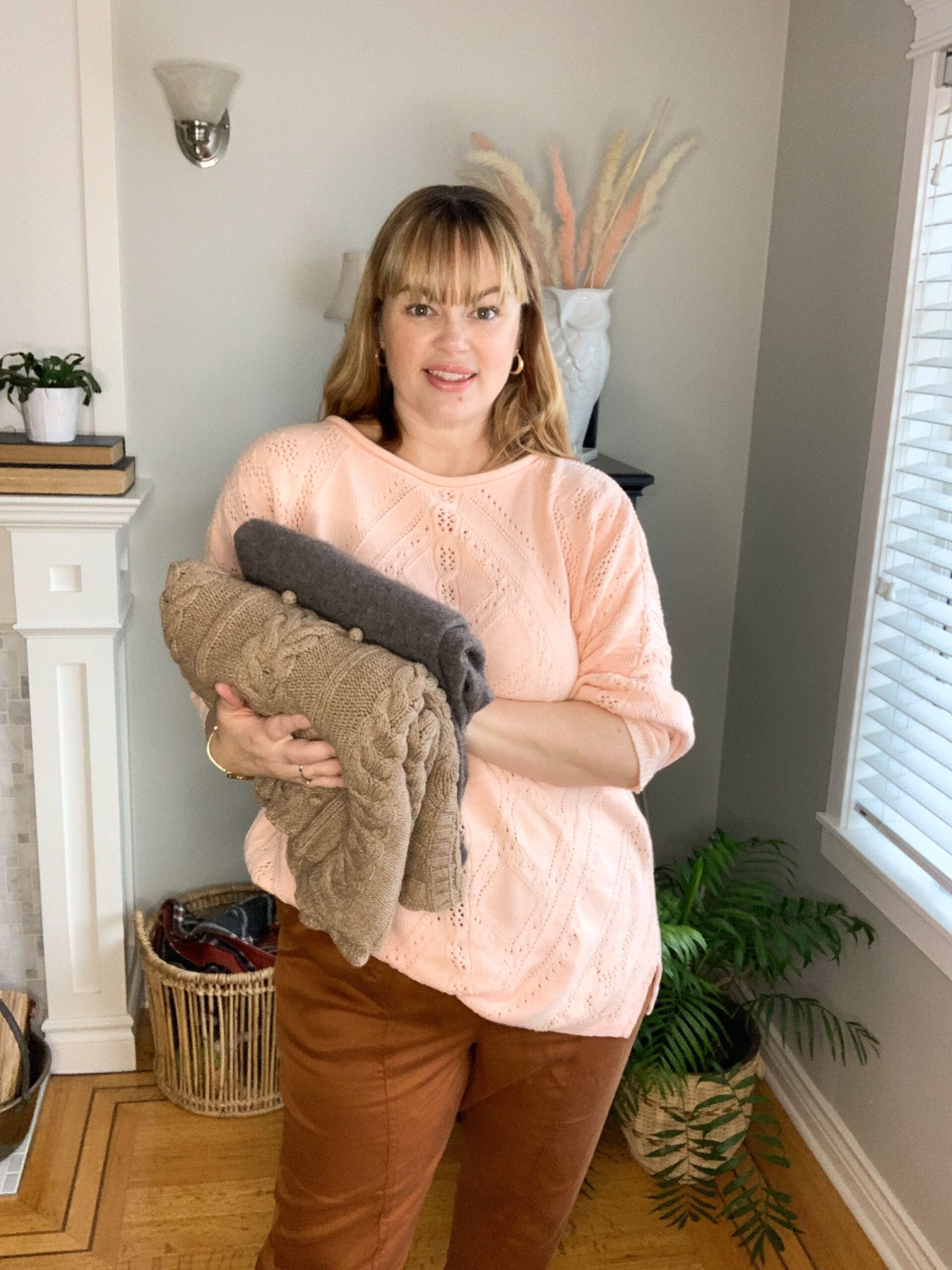
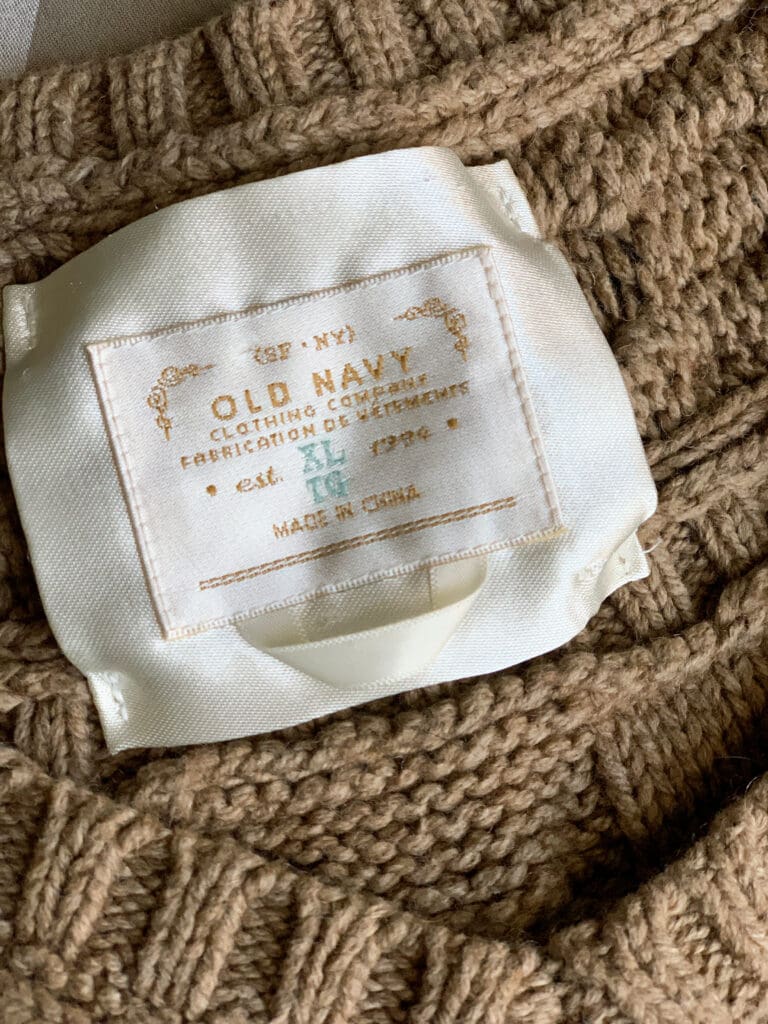
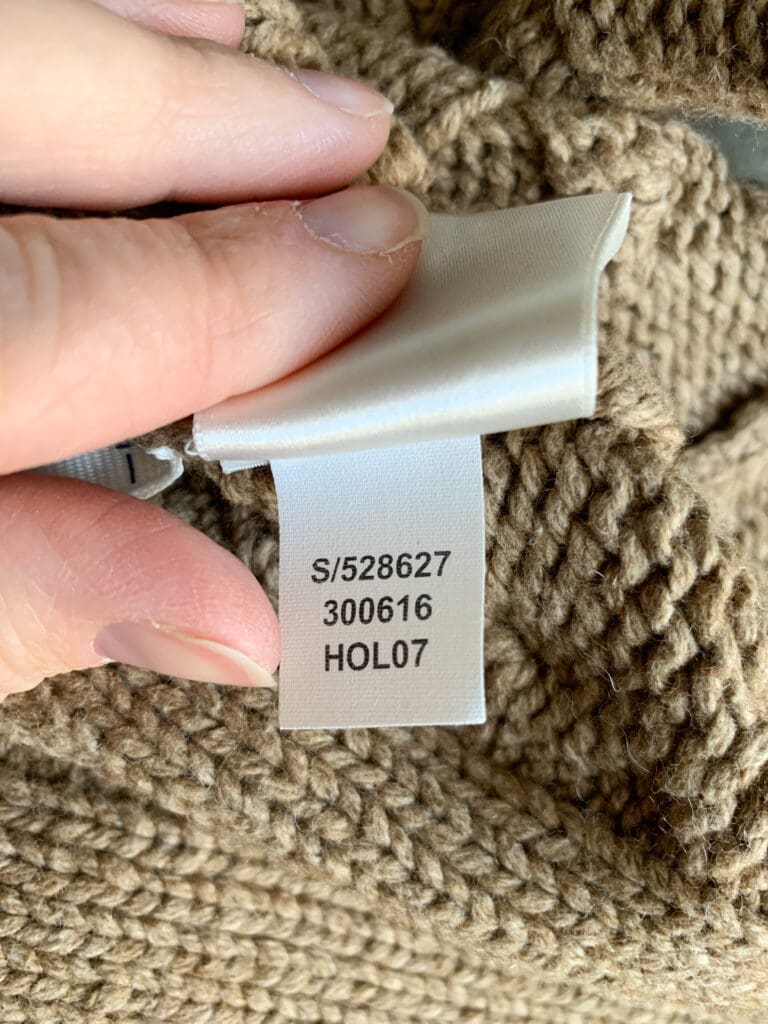
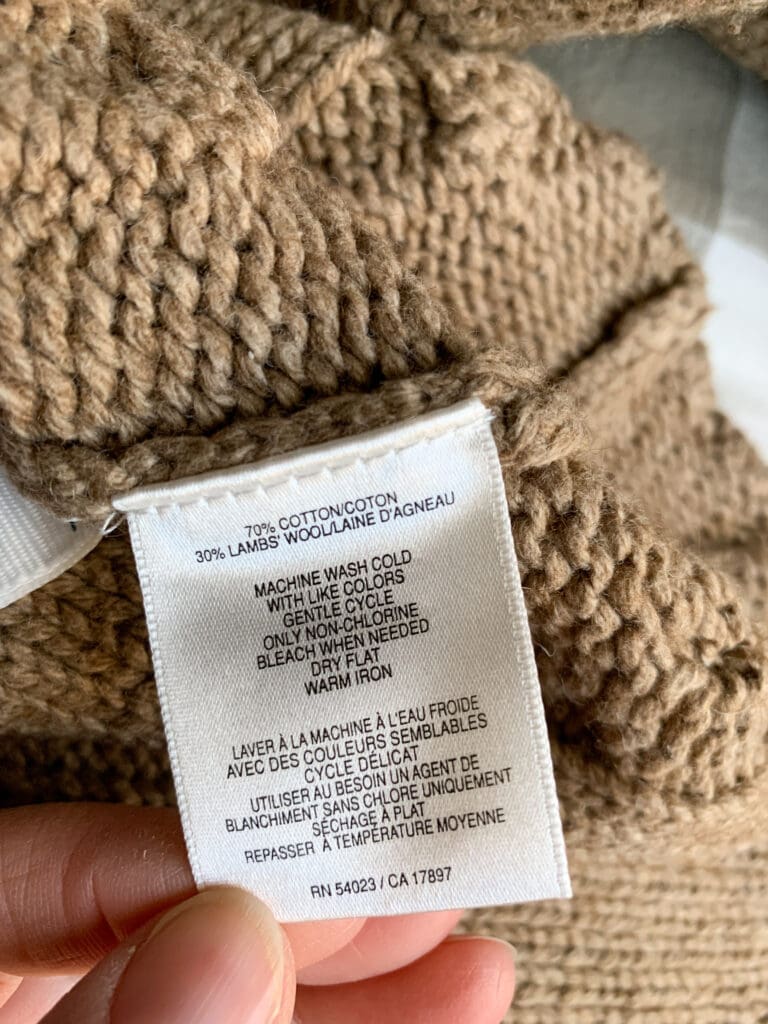
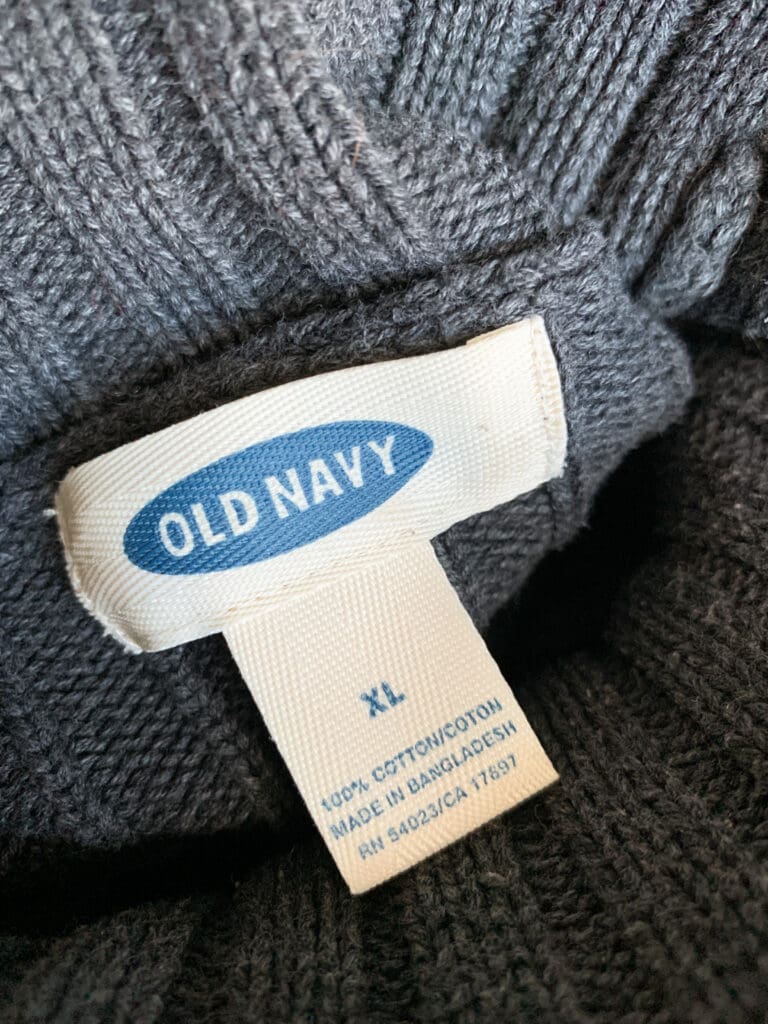
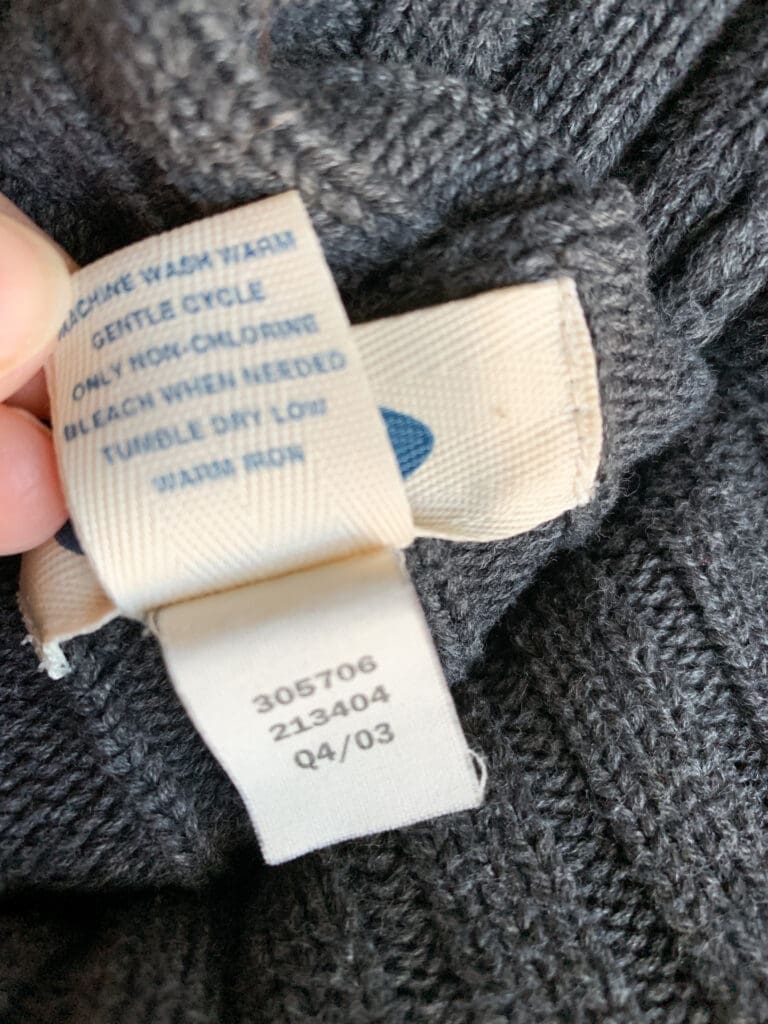
February 1st, 2025 at 9:58 pm
I want to use this opportunity to testify of the marvelous work of Dr. Odunga and how he has helped me in curing my sickness and bringing happiness into my life. I can really vouch for Dr. Odunga in herbal treatment. I was suffering from Cervical Cancer and infected with HPV 16. I used to have incessant bleeding and there was nothing I could do until a childhood friend introduced me to Dr. Odunga Remedies. I spoke with him and ordered his recommended medication which was delivered to me through DHL. Immediately I began using the herbal medicine, within a week I couldn’t feel any pain. It took me 2 weeks to finish the medicine and afterwards I was completely cured. I highly recommend that you contact him to help you at his email odungaspelltemple@gmail.com OR What’sApp/Call him at +2348167159012
He is 100% reliable to help you too.
February 16th, 2025 at 4:31 pm
UID_44053434###
test morning
February 16th, 2025 at 9:01 pm
UID_70854539###
Berkomitmen untuk inovasi berkelanjutan dan manajemen proyek konstruksi yang profesional, kami siap menjadi mitra terpercaya Anda dalam mewujudkan proyek konstruksi berkualitas tinggi.